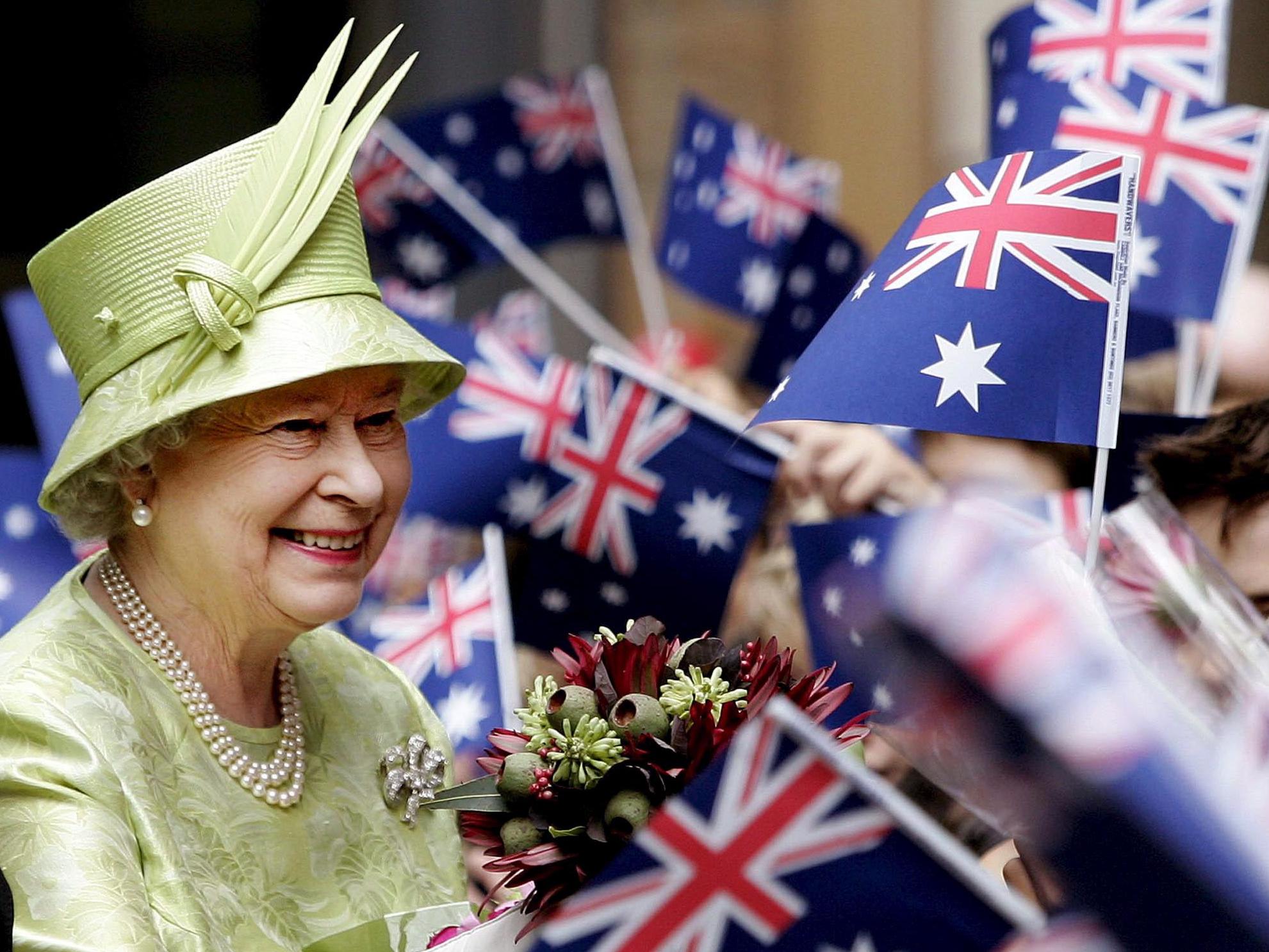In the UK, white immigration is an asset – while everyone else is undesirable
These laws have been racialised since their inception, argues Afua Hirsch. There’s a reason only some nationalities are seen as unthreatening to British identity


A conversation that has stayed with me came after the Brexit vote in 2016, when a French friend, who is white, told me of her anxiety at the outcome. There were already signs of the mounting xenophobia against foreigners of all descriptions that was to come in the aftermath of the referendum. “It’s like people are seeing us as immigrants!” she said with disgust. “As if we don’t belong here.”
My immediate thought was, “welcome”. I’m not an immigrant but I have always been seen as one. The response to any perceived transgression I make towards a public person or policy is frequently: “If you don’t like it here, then leave.” White immigrants, and especially those from western Europe, had on the whole never before felt as if this prejudice applied to them, because “immigration” – as a contentious political issue – has never been about people coming from other countries, and it’s never been about the movement required to get here. “Immigration” has always been a byword for the problem of people who are racialised as undesirable, whether they were born here or not.
The hypocrisy is embedded in the history. I often wonder how it was that the arrival of the SS Windrush in 1948, carrying fewer than 500 West Indians specifically invited to come and work in the UK, was and remains such a symbol of profound soul searching for the national identity. That event stands in stark contrast to the more than 200,000 eastern Europeans and 100,000 Irish immigrants who came to Britain during the same period. The former is regarded as a turning point in the fabric of the nation’s identity, the latter is barely remembered at all.
But this illogicality in our narratives around immigration is not confined to the past. I have spent most of my life living in leafy southwest London, an area often described as “quintessentially English”, helped by the presence of rowing on the Thames at Putney and Hammersmith, lawn tennis at Wimbledon, botanical gardens at Kew and Henry VIII’s old hunting grounds in the deer-populated Richmond Park. These areas are still perceived as unchanged by mass immigration.
Dig a little deeper, however, and it emerges that locals call this area the “biltong belt” because of the large presence of white South Africans, Australians and New Zealanders. In fact, white immigration has had the same impact as immigration everywhere – provided skilled and unskilled labour to meet economic demand, triggering the arrival of a new wave of biltong-themed shops, and requiring planning to provide the requisite housing; school places; doctors surgery capacity. The difference is that this immigration is never weaponised as a threat to the national heritage, or as a reason for pre-existing communities to flee. This immigration has been largely unproblematic because it is white, English-speaking and less visibly “other”.

The notion of “other” is in itself deeply ironic. The history of immigration law is a history of government attempts to limit the movement of people who had not long before been British subjects as imperial citizens. As Rab Butler, former home secretary, said about the Commonwealth Immigration Act in 1962, these were laws whose “restrictive effect is intended to, and would in fact, operate on coloured people almost exclusively”.
Today’s governments are more subtle in their language. The word “coloured” disappeared from the letter of our legislation but retains its power in effect. Immigration lawyers frequently remark, after visits to immigration detention centres, how few white immigrants can be found there – these are warehousing facilities for the still undesirable African, Asian, South American and other non-white people. In my work, I have interviewed many who were arrested in dawn raids while in the process of lawfully regularising their immigration status.
The most blatant examples of contemporary racism – the Windrush scandal for example – have exposed a historical continuity that infects the entire immigration system. The “root cause” of the scandal, Wendy Williams, inspector of constabulary, found, can be traced back to the “racial motivations” of immigration laws at their most racialised birth.
The sooner we acknowledge that legacy, and dispense with the fantasy that immigration has nothing to do with race, the sooner we will be able to consign this ongoing, abhorrent injustice to the dustbin of history, where it belongs.
Afua Hirsch is a writer, broadcaster and bestselling author of Brit(ish): On Race, Identity and Belonging
Join our commenting forum
Join thought-provoking conversations, follow other Independent readers and see their replies
Comments
Bookmark popover
Removed from bookmarks